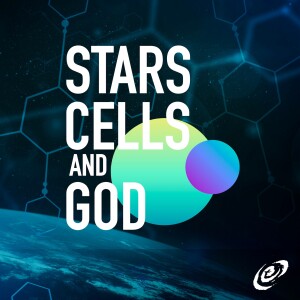
Thursday Jul 07, 2022
Deadly Superflares and Life Building Blocks from Space?
Join Hugh Ross and Fazale “Fuz” Rana as they discuss new discoveries taking place at the frontiers of science that have theological and philosophical implications, as well as new discoveries that point to the reality of God’s existence.
An improved particle acceleration and transport model has produced the best determinations yet of superflare rates and intensities for the Sun, known solar-like stars, and stars less massive than the Sun throughout their nuclear burning histories. A recent study shows that the Sun’s present luminosity variability is five times less than that of stars most closely resembling the Sun. What does the Sun’s extreme luminosity stability say about advanced life on Earth? What do the superflare determinations say about the origin of life on Earth, the Sun’s features relative to known solar-like stars, and the habitability of planets orbiting stars smaller than the Sun?
Origin-of-life investigators have discovered hundreds of organic compounds in carbon-rich meteorites, including amino acids and nucleobases, key molecular building blocks for life. These findings suggest to some scientists that the inventory of prebiotic materials needed for life could have been delivered through impactors striking the early Earth. Fuz looks at the latest claims for extraterrestrial delivery of life’s building blocks and explores the question “How did life originate?”
In this episode Hugh and Fuz discuss these important topics.
Links and Resources:
- Extreme Energetic Particle Events by Superflare-Associated CMEs from Solar-Like Stars
- The Sun Is Less Active Than Other Solar-Like Stars
- Designed to the Core (Covina, CA: RTB Press, 2022), by Hugh Ross (book
- Identifying the Wide Diversity of Extraterrestrial Purine and Pyrimidine Nucleobases in Carbonaceous Meteorites
- Meteorite Protein Discovery: Does It Validate Chemical Evolution?
No comments yet. Be the first to say something!